Where Coffee is, there is also caffeine – but how much caffeine is actually in a coffee cup?
According to the USDA contains an average cup of brewed filter coffee is 96 milligrams (mg) of Caffeine.
Nevertheless, the caffeine content varies greatly depending on which coffee drink you choose.
Different beans, brands, and preparation methods affect the caffeine content of your morning cup.
Whether you’re trying to control your caffeine intake or just want to know what makes espresso so energizing, here’s what you need to know about the caffeine levels in your coffee.
What actually is caffeine?
Many people rely on coffee to get them out of bed, but even the most enthusiastic coffee lover may not understand exactly what caffeine is or how it works in the body.
Caffeine is a natural stimulant found in coffee beans, tea leaves, cocoa beans and other sources.
When consumed, it affects the central nervous system, increasing brain activity and triggering the release of chemicals like adrenaline and cortisol.
Of course, many people drink coffee for its energizing effects—but excessive caffeine consumption can lead to dehydration, anxiety, and dizziness.
Your reaction will depend on your sensitivity to caffeine and how much of it you consume.
Why is the caffeine content different from cup to cup?
There are a few different variables that affect how many milligrams of caffeine is in your coffee:
- The type of coffee beans used. When it comes to caffeine, not all coffee beans are created equal. Different coffee plant species produce beans with different levels of caffeine – a study from 2016 reports, for example, that Robusta beans contain twice as much caffeine as Arabica beans.
- The degree of roasting and the method of measurement. It’s a common misconception that how roasted coffee beans are has a direct impact on their caffeine content. The truth is that most roast temperatures are too low to have any impact on caffeine levels. during roasting, however, the beans lose water and expand which means, that dark roasted coffee beans weigh less and take up more space than light roasted. This can affect the caffeine level in your cup, but it depends on how you measure your coffee beans: Using the measuring scoop to measure the beans will put in more light roast beans — and therefore more caffeine — than using the use the same measuring spoon for dark roast beans. However, if you measure the beans by weight, you get similar caffeine levels for all roasts.
- The way coffee is brewed. From espresso machines up to French Presses, Different brewing methods have their own requirements when it comes to producing a balanced, delicious cup, including specific grind settings, different water temperatures, and different brewing times. All of these factors determine how much caffeine is extracted from the beans.
The caffeine content of different coffee beverages
We’ve already learned that a standard cup (240ml) of brewed filter coffee contains 96mg of caffeine – but how does that compare to other popular coffees?
How much caffeine is in a double shot?
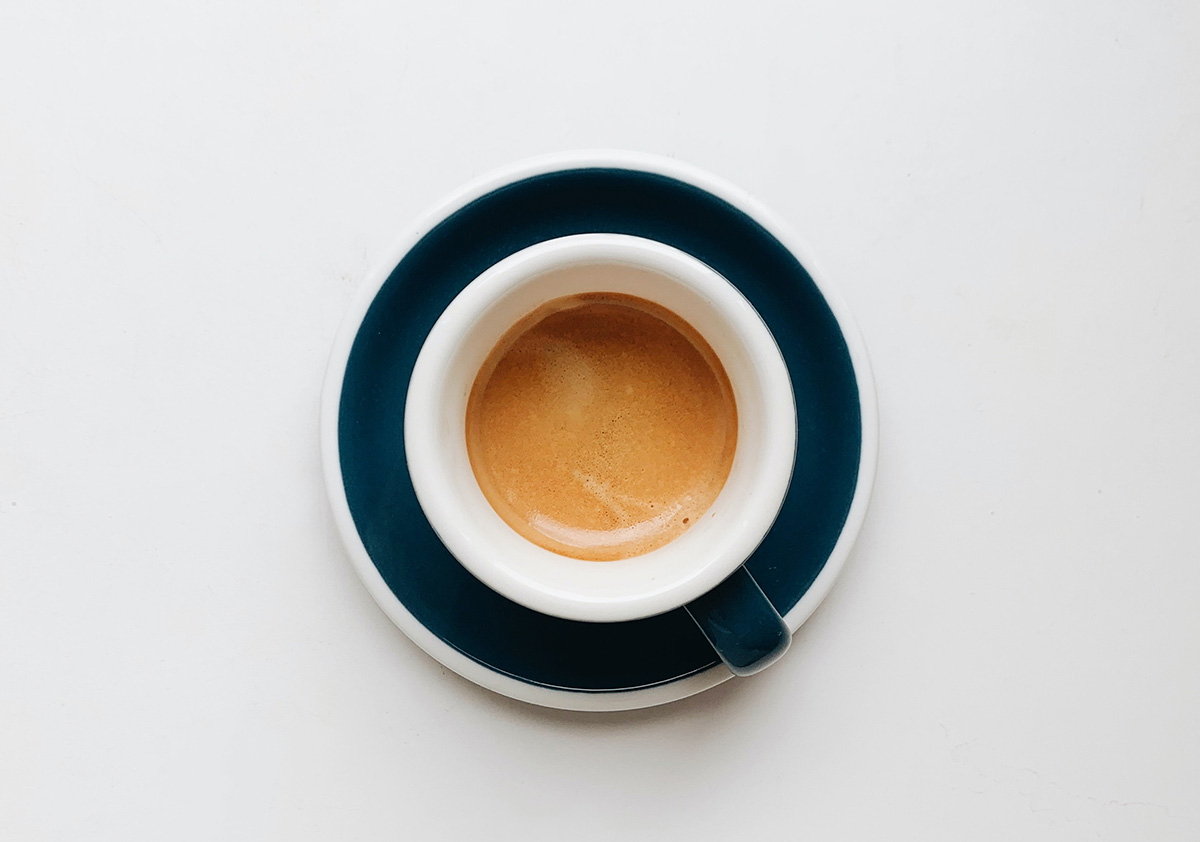
When preparing espresso, hot water or steam is forced through finely ground coffee under pressure.
This method results in high caffeine extraction, but espresso servings are typically much smaller than filter coffee.
The USDA reports that a single shot of espresso (29.6 ml) of approximately 63 mg Contains caffeine while a double shot (59.2 ml) of 126 mg contains.
How much caffeine is in a latte cup?
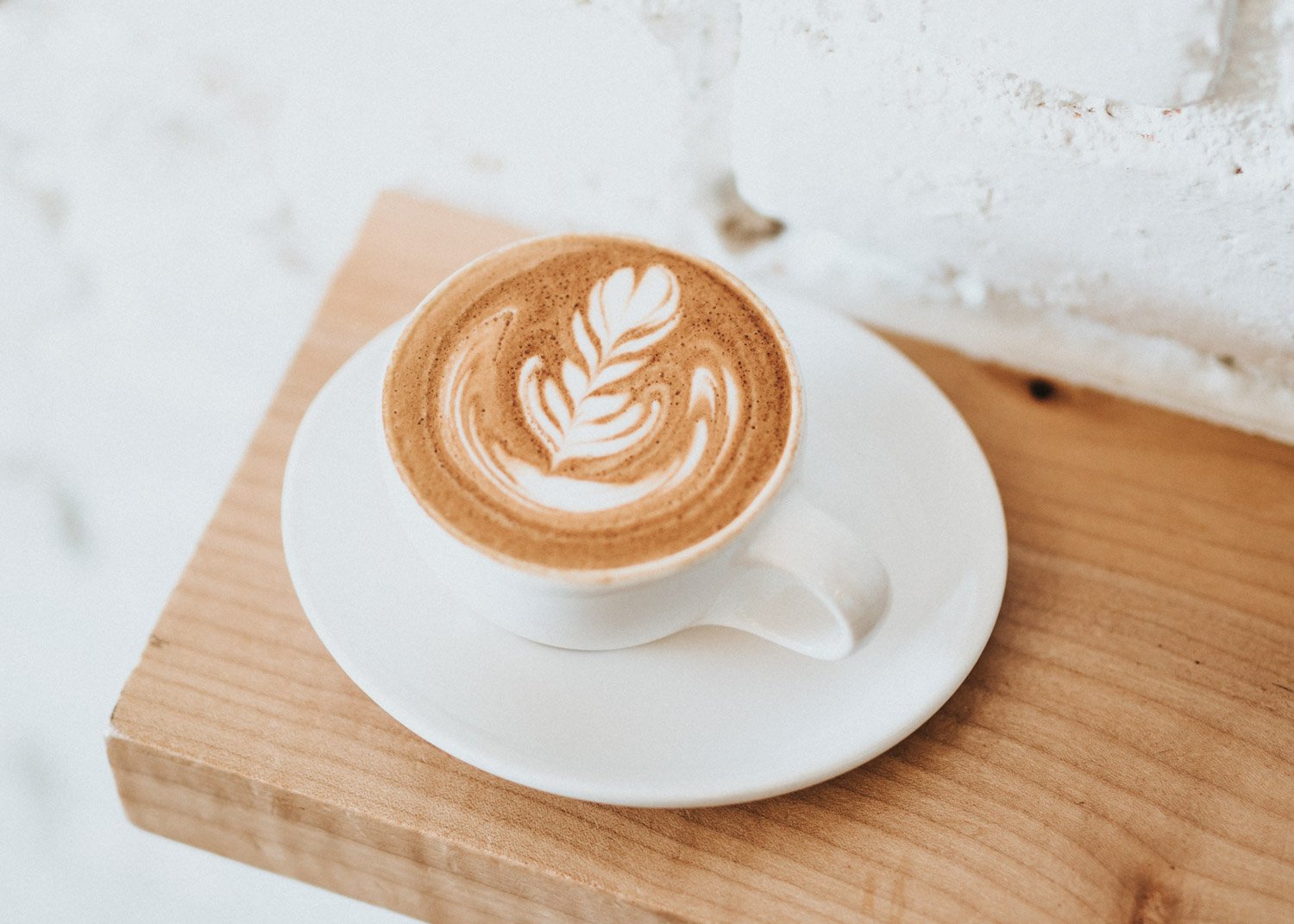
Latte — just like other popular espresso drinks, including cappuccino, americano, and flat white — is made by layering espresso with steamed milk (or, in the case of americano, hot water).
The ratio of espresso to milk or water determines the type of drink.
Milk and water do not contain caffeine, so the drink’s total caffeine content comes only from the espresso and varies depending on whether a single or double shot is used.
From the USDA figures above, it can be deduced that a cup of latte or other espresso-based beverage with a shot of 63 mg of Caffeine delivers while a drink with a double shot of 126 mg contains.
How much caffeine is in a Nespresso-Capsule?
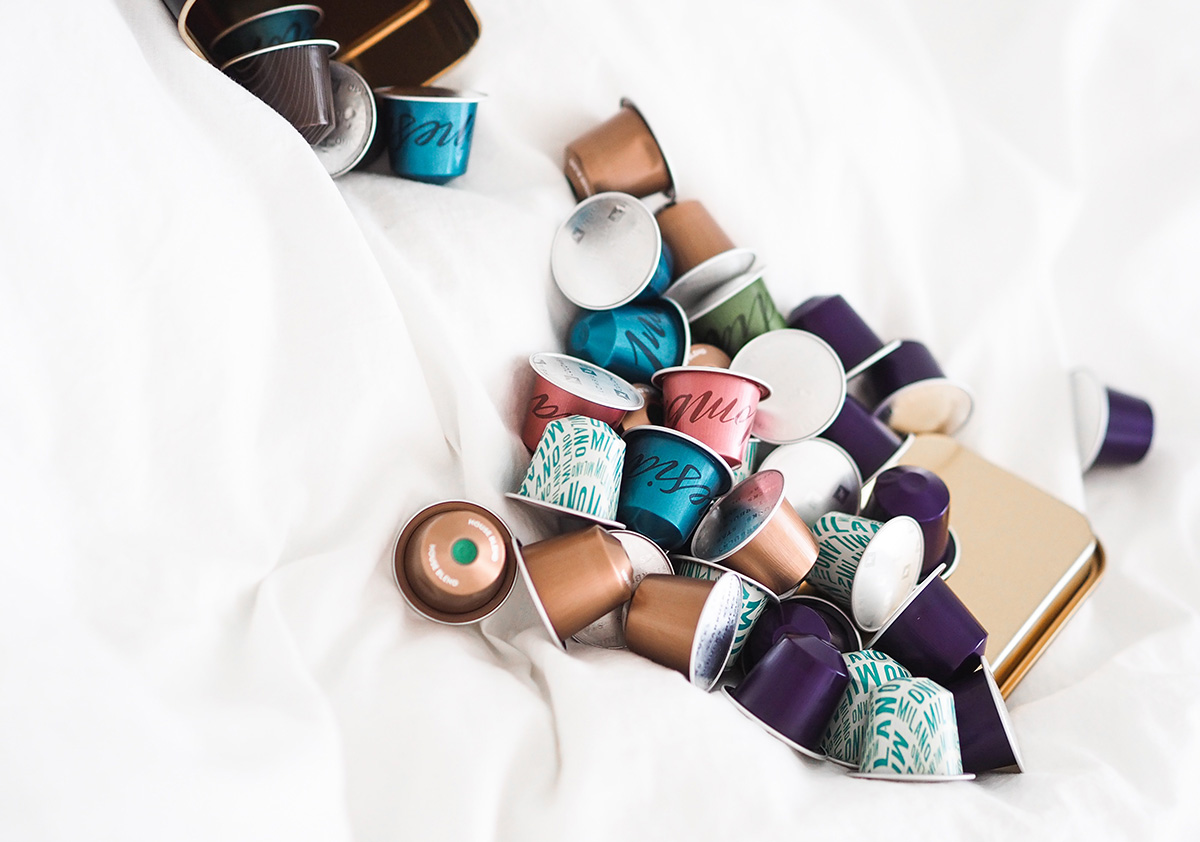
Nespresso-Machines brew coffee in single portions with “pods” or Capsules containing ground coffee beans.
According to the brand, the caffeine content of each serving depends on the variety and amount of coffee in the capsule.
The company says its classic Nespresso-Pure Arabica coffee capsule typically results in a 40ml shot of espresso that 65 mg contains caffeine. Remember:
Robusta beans naturally contain more caffeine than Arabica beans. So you can be sure that the Robusta capsules from Nespresso give a stronger kick than the Arabica capsules.
It is also worth noting that an independent scientific study above Nespresso-Capsules found that the caffeine content varied greatly within the range, from 19 to 147 mg per serving. The study concluded that the actual caffeine content in Nespresso-Coffee “often deviates from the manufacturer’s specifications”.
How much caffeine is in instant coffee?
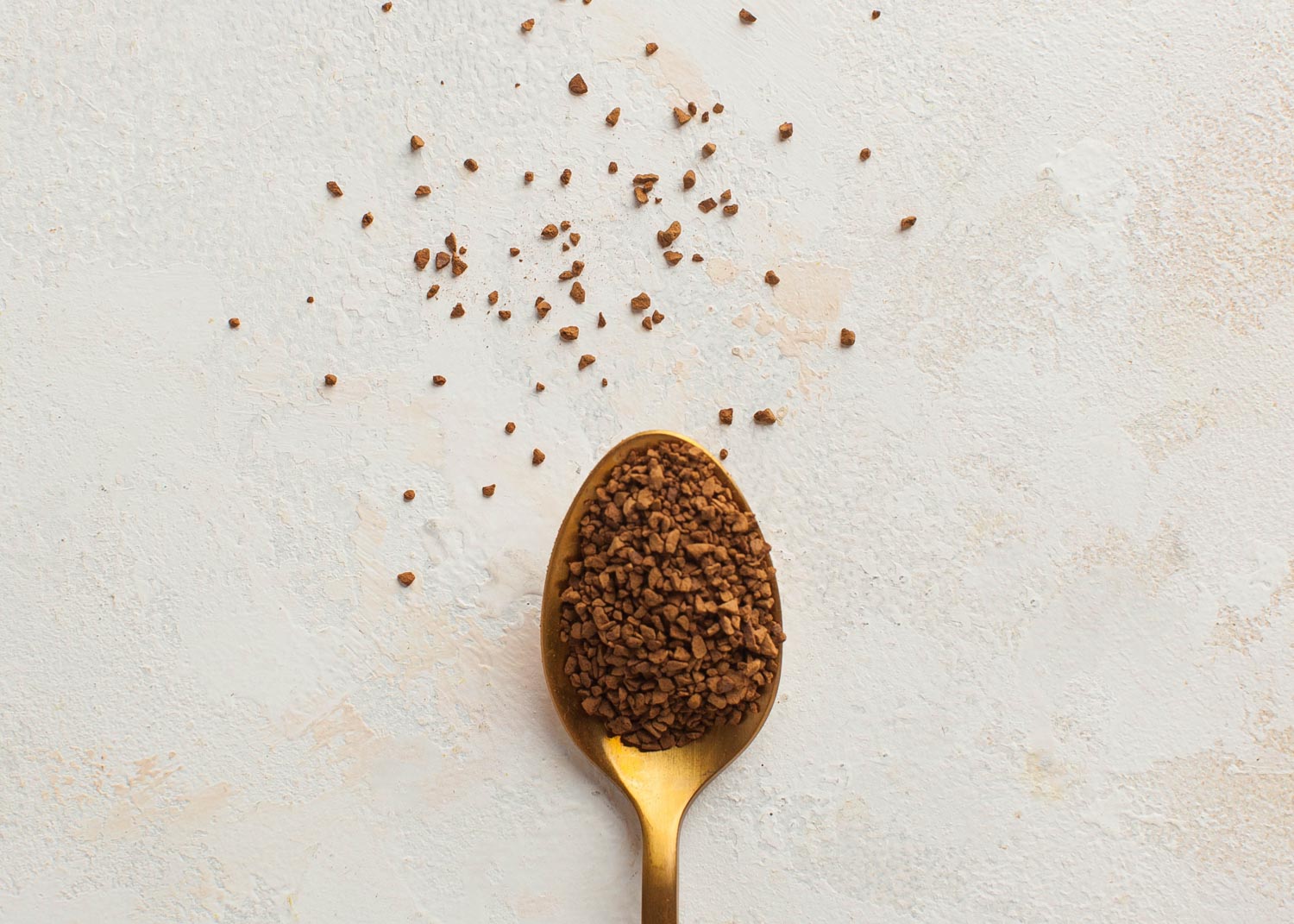
instant coffee is made by brewing coffee and removing water, often through freeze drying, resulting in small, dry coffee granules.
To prepare, simply dissolve a teaspoon or two of instant coffee granules in hot water or milk.
The caffeine content of instant coffee varies from brand to brand, but it generally contains less caffeine than a typical drip coffee. According to the USDA contains a portion of instant coffee of two teaspoons (2 g) of 63 mg of Caffeine.
How much caffeine is in decaffeinated coffee?
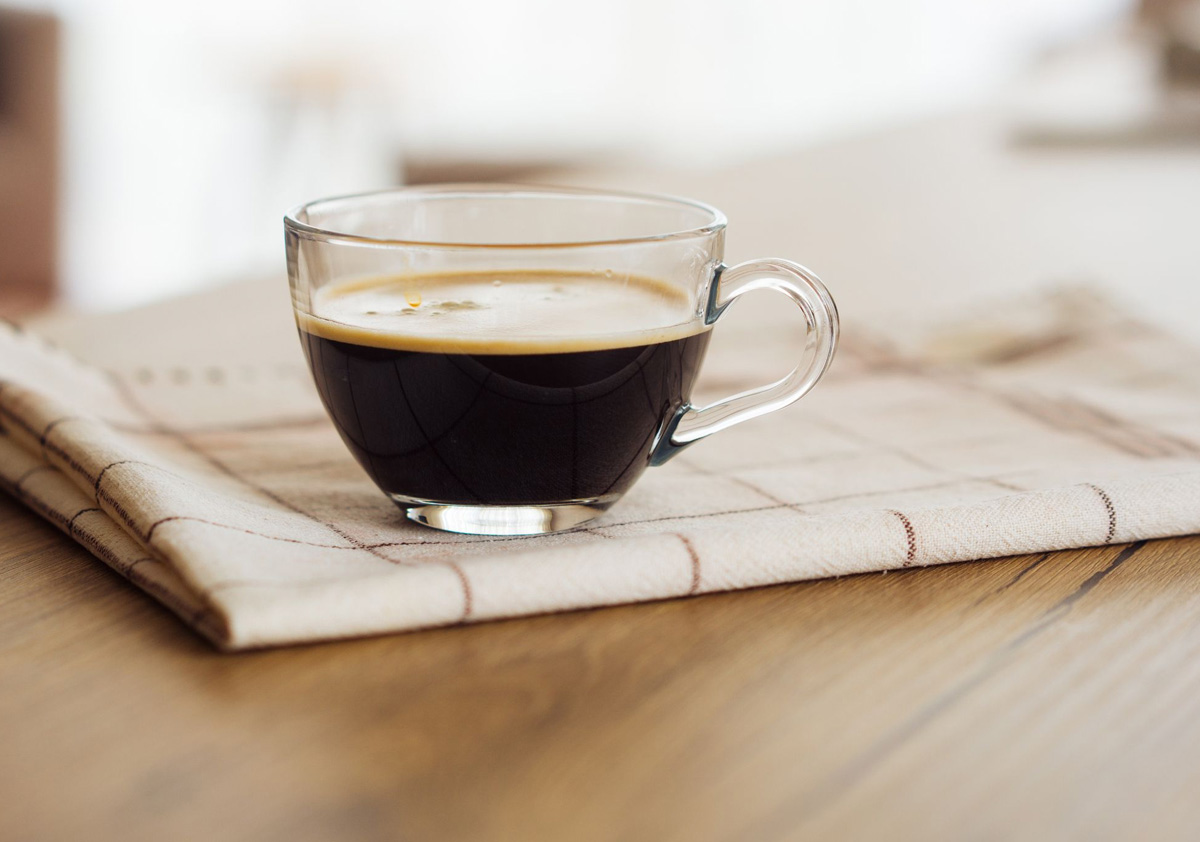
It might seem like a contradiction, but yes, too the decaffeinated stuff can provide you with a daily dose of caffeine!
To remove the caffeine from the coffee, the beans are soaked in water. This removes the caffeine from the beans.
This caffeine is then removed from the water using chemical solvents, activated carbon filtration, or high-pressure carbon dioxide.
Decaffeination is an intricate process that is typically unable to extract all of the caffeine from the beans — which is why most decaffeinated coffees still contain small amounts of the stimulant (and sometimes not so small amounts!).
Again, the caffeine content depends on the brand, but a typical cup (240 ml) of decaffeinated coffee does contain it 2mg of Caffeine.
Caffeine in coffee vs. tea and other beverages
It’s important to remember that coffee isn’t the only caffeinated beverage out there.
Tea, cola, and energy drinks can also contribute to your daily caffeine intake.
A latte in the morning, a few cups of tea throughout the day, and lemonade with dinner, and you’ve hit your RDA for caffeine!
Here’s how the caffeine content of coffee compares to other popular beverages:
Real Talk: How Much Caffeine Is Too Much?
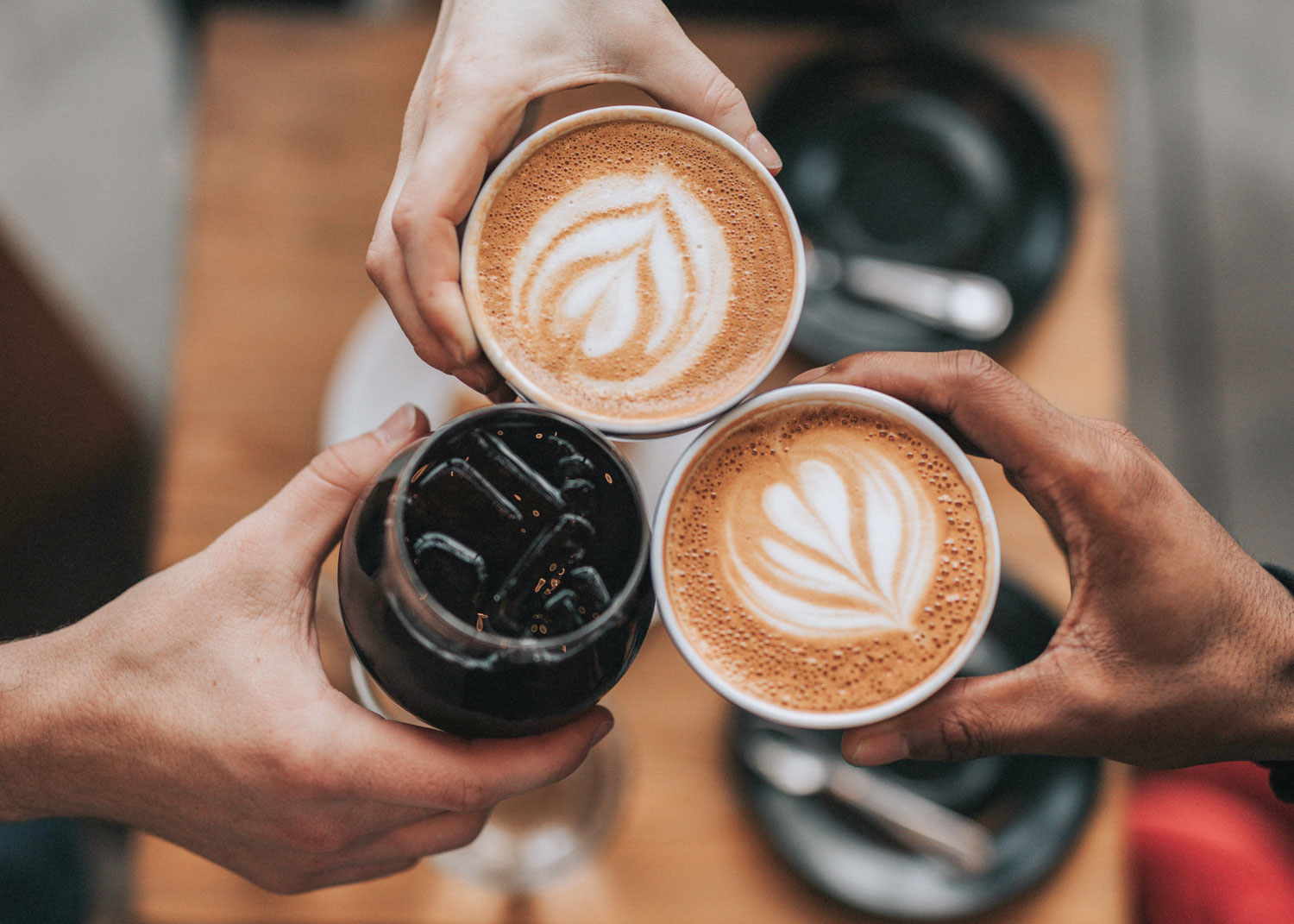
The recommended daily maximum amount of caffeine for healthy adults is 400 mg; this equates to about four standard cups of brewed filter coffee.
In the meantime advises the NHS that pregnant women have 200 mg or two standard cups of coffee per day.
Within these limits, it is generally accepted that coffee and caffeine are perfectly safe for regular consumption.
As a matter of fact, studies have shown that coffee is rich in antioxidants, which actually have extensive health benefits.
according to dr Rob van Dam, Professor of Nutrition at Harvard, research suggests that coffee consumption may even protect against type 2 diabetes, Parkinson’s disease and liver cancer.
“I think there’s good evidence that coffee is a good and healthy drink choice for people in general, barring a few demographics like pregnant women or people who have trouble controlling their blood pressure or blood sugar,” explained dr van Dam.
So how do you know if you’ve overdone it?
You may experience some of the less pleasant effects of caffeine: anxiety, restlessness, insomnia, headaches, and nausea are all possible signs that you’ve been drinking too much.
Everyone has different limits when it comes to caffeine. Ultimately, it’s up to you to try different types of coffee, experiment with different brewing methods, and see how it makes you feel.
Once you have found out which coffee types and preparation methods suit your taste and your personal caffeine tolerance, you will be able to enjoy your coffee to the fullest!
FAQs / short summary:
Q: What is caffeine?
A: Caffeine is a natural stimulant found in coffee that affects the central nervous system.
Q: Which coffee drinks contain the most caffeine?
A: Here are six types of coffee drinks, ranked from highest to lowest caffeine content:
| type of coffee | portion size | Caffeine content |
| Espresso (a double shot) | 59.2ml | 126mg |
| Latte (a double shot) | 59.2ml + milk | 126mg |
| Brewed filter coffee | 240ml | 96mg |
| Nespresso | 40ml | 65mg |
| instant coffee | 2 teaspoons dissolved in water | 63mg |
| caffeine-free coffee | 240ml | 2mg |
Q: How much caffeine is safe to consume?
A: Healthy people should not consume more than 400 mg per day. Pregnant women should not exceed 200 mg per day.
Q: How do I know if I’ve had too much caffeine?
A: Caffeine tolerance varies from person to person. If you feel anxious, restless, nauseous, or have trouble sleeping, you may have been drinking too much.

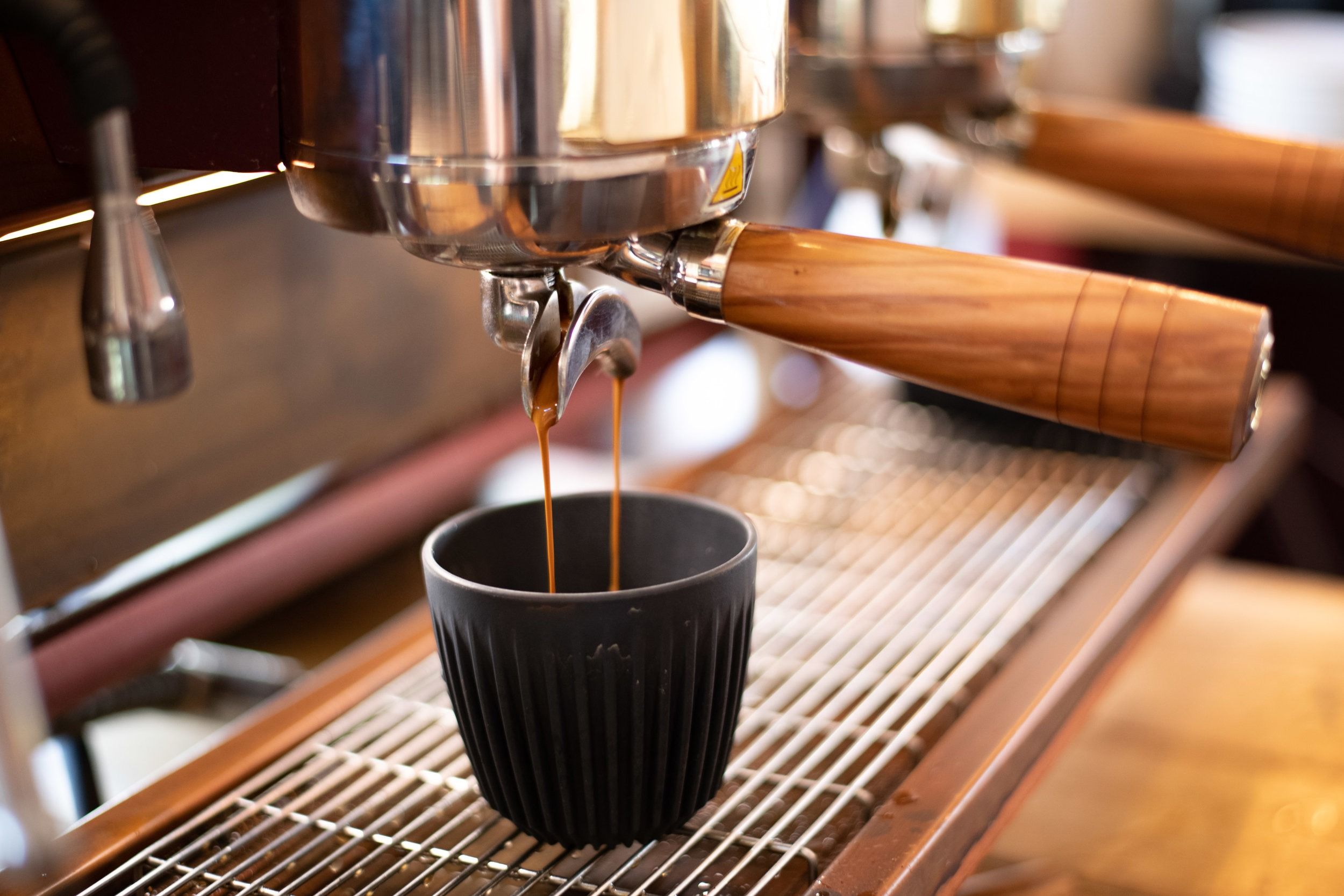

Comments are closed.